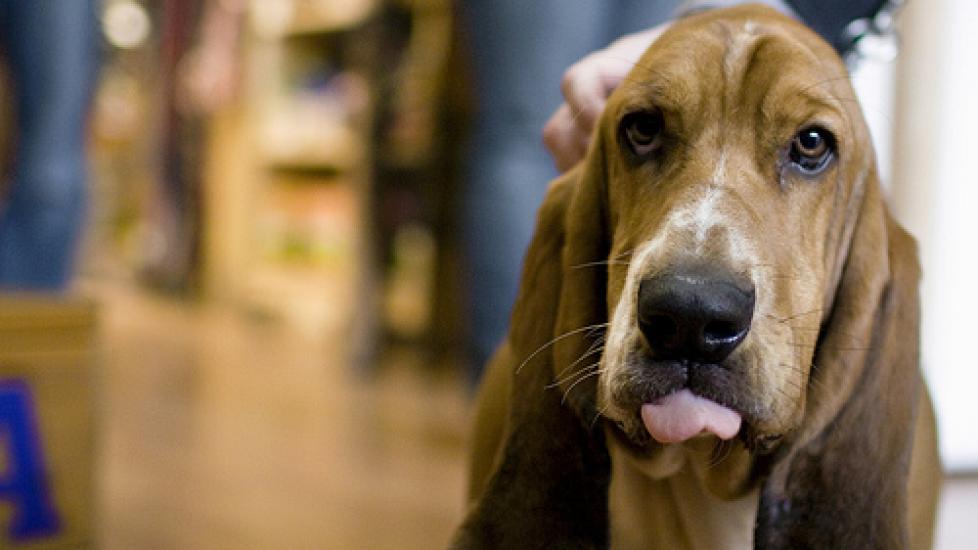Grain-Based Dog Food: Is it Beneficial for your Dog?
By T. J. Dunn, Jr., DVM
I, in feeding my dogs and cats, have made a major mistake for years and didn't even realize it. Worse yet, many veterinarians and pet owners are making the same mistake. What, you may ask, was vital: We continued to be misled when considering cheap, grain-based pet foods.
When a dog (or cat) was presented to me that looked and acted healthy and I asked "What are you feeding your pet?" (Unfortunately, many veterinarians don't even think to ask this fundamental question!)
If the pet owner responded that the brand was some cheap, grain-based food, I actually formed the impression that the brand was a pretty good dog food. Heck, the dog looked great so that cheap food must be OK. What I failed to ask was one more question and that vital next question was "WHAT ELSE DO YOU FEED THE DOG?"
In every single case where the dog looked good, the owners were also feeding table scraps or left-overs like chicken, meat, bacon, eggs. In every single case where the pet was being fed only a cheap, grain-based pet food (i.e., no table scraps or treats), the pet would show signs of less than optimum health.
Our entire hospital staff could predict which pets were on a cheap food and which pets were fed well; we could even guess which brand the dog ate with 80 percent accuracy -- before we asked the owner what they fed. We called these unfortunate, grain-fed dogs "CORNDOGS."
I will make a guarantee based upon observation of thousands of dogs (and cats): If you feed only a cheap, grain-based pet food and feed absolutely no scraps or left-overs, within 6 to 8 weeks your pet will begin to have a course, brittle hair coat, will develop a dry skin but the coat will seem slightly greasy and dusty.
A classic example of a pet fed exclusively a grain-based diet is the demonstration of itchiness. S/het will also eat lots of food (owners mistakenly interpret this as "The dog/cat loves that food!") because they aren't maintaining weight properly and the pet is nutrient starved.
Now add some meat or high quality protein to the cheap stuff or switch to a top quality pet food (it will have meat in it!) and within a few weeks you will actually see an improvement in the pet's coat, there will be a decrease in food consumed (owners mistakenly interpret this as "He doesn't really care for that new stuff") and the pet will feel better. I have witnessed this scenario over and over again.
So if you are feeding a cheap pet food based on grain and your pet looks quite good, I know for a fact that you are feeding some scraps or treats.
Keep it up!
Table scraps are fine for dogs and cats; just don't feed bones. I have surgically removed bone fragments from dogs' (and cats') digestive tracts many times and have seen pets die from obstructions or penetrating lesions that cause peritonitis.
There are better ways of dental care than feeding bones. Feed bones even to a big dog and you may be taking unnecessary chances with your dog's health. I have seen many surprised pet owners on emergency calls shake their head in disbelief that bones could be causing all that trouble -- that is, until they see the X-rays. (See a few yourself here.)
On the other hand, you would be doing your pet a favor by buying a top quality meat-based pet food. There are also a number of companies making high quality, meat-based dry foods.
So consult with you veterinarian or an animal nutritionist what is the best type of food for your pet.
Image: green kozi / via Flickr
Help us make PetMD better
Was this article helpful?
